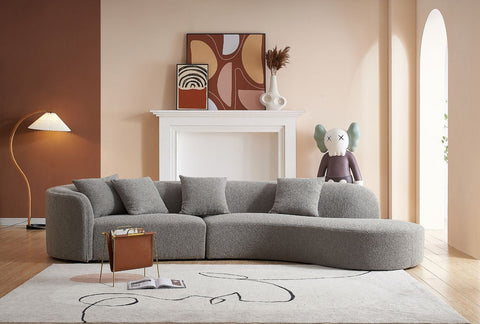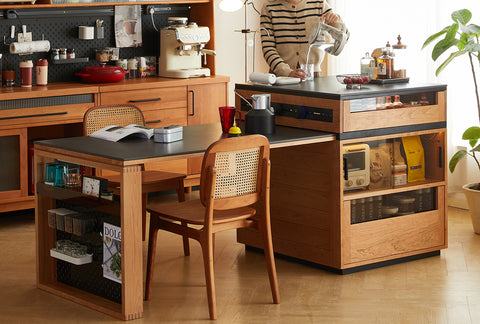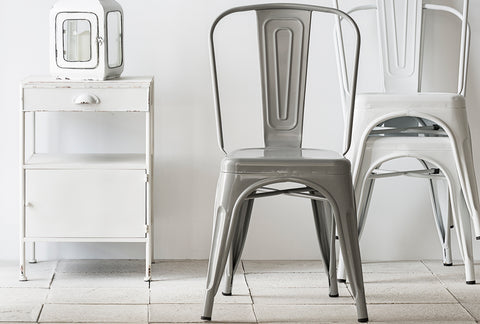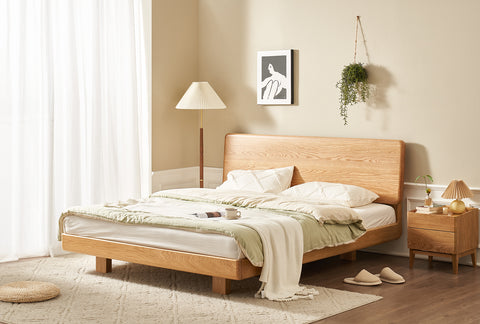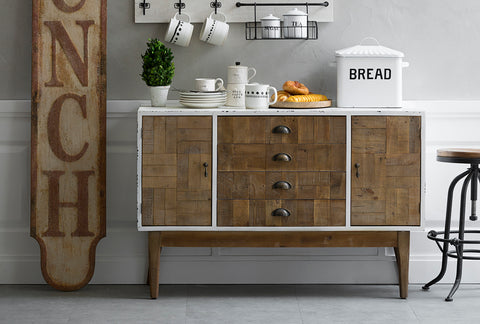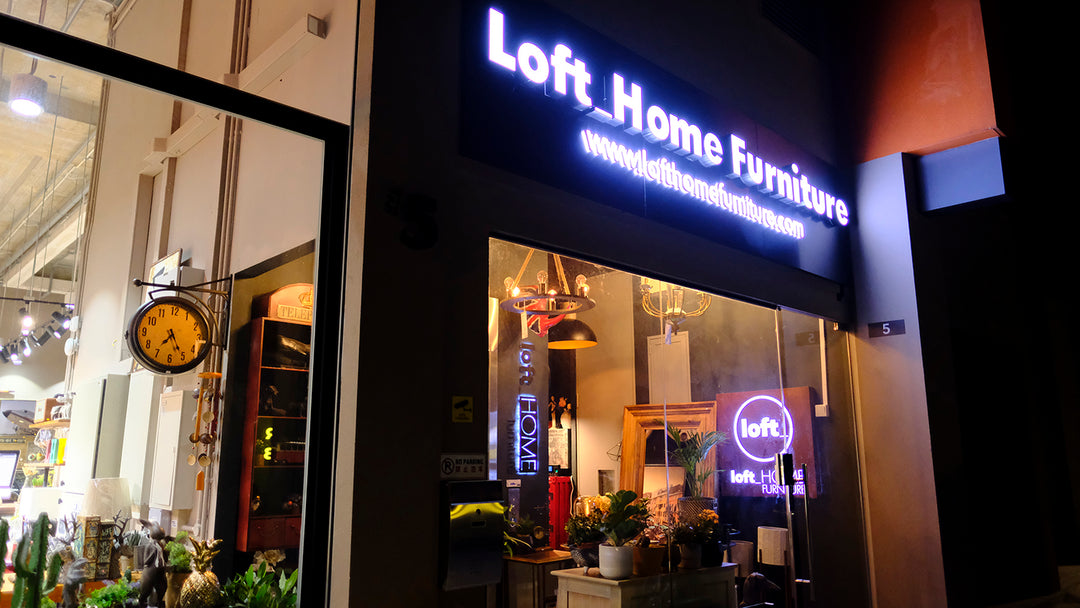Your Furniture Guide to Home Decor and Interior Design Style
Home decoration dates way back from ancient Egypt to the Middle Ages through the Renaissance period towards the 18th century and now to the 21st century. So when it comes to decorating a home, there are so many styles and designs available to us that we are spoilt for choices. Not to mention new upcoming trending ones that we can spot from various social media platforms. But apart from choosing a style you like, here comes the common question to all homeowners, how do you decorate your home according to the style you want? What defines that particular style? What are its core features or highlights that make it what it is? How do you choose the right furniture to match your choice of style? In this article, we will answer all these questions while identifying 10 different styles and their feature highlights, in summary, to guide you in home decoration. If you require more in-depth information, follow our weekly article release to embark on a style journey which will be linked in the individual headers subsequently.

This style is about the 1940s to 1950s era with time layering of sub-styles like Art Deco, French country pieces and even Victorian designs. Highlighting of the glamor through luxury upholstered fabrics in rich color tones is definitely a required pointer. Mostly prints like floral and geometric are being used in textiles and wallpaper. Warm colored natural materials are seen in a home layout as well, with attention paid to detailing and embellishments.

Mainly gained its popularity in the mid 20th century with usage of new natural materials focusing on neutral color schemes. Modern style emphasizes simplicity, openness, and natural lighting. Elements like horizontal and vertical clean lines or geometric shapes bring forth the boxy design. Adaptation of advanced technology for smart home systems enhances the principle of energy efficiency.

Started in the latter part of the 20th century, this style has similar traits to modern design. The element that made it stand out is the fluidity when incorporating a variety of styles from different eras, which creates versatility when it comes to the use and design of space. Meanwhile, contemporary style still maintains its simplicity and minimalism to provide a clutter-free and light vibe with a touch of sophistication.

Although the hype of minimalist style kicked off in the 1970s, this style began its journey in the 1950s after World War II. It focuses on the concept of ‘less is more’ but with the principle of practicality at its very basic essentials. Visual harmony makes more sense than the contrary belief of pure dullness in this design, and it often has a touch of elegance with an accent decoration or furniture piece. Decluttering space at its very essence is what makes this style unique.

This style began around the 1930s but only gained popularity in the 1950s and 1960s in Nordic countries like Denmark, Norway, and Sweden in Scandinavia. The design revolves around the word ‘hygge’, a Danish culture of creating a cozy and comfortable atmosphere to enjoy the positivity in life with good companionship. Keep the ambiance of your space light and airy with furniture and flooring displaying light natural wood colors. Maximize space usage with multifunctional furniture.

Japandi can be traced back to the mid-1850s, infusing the traditional zen aesthetic with the belief of hygge, producing a unique fusion of cultures and design principles. The style places a strong emphasis on valuing exquisite craftsmanship with natural materials. Often favor neutral hues of brown, complemented by hints of green to add a refreshing touch. Where natural light shines on uncluttered space, small potteries and intentional decors can be spotted. Cleverly concealed storage solutions add an element of delightful surprise for visitors.

Originating from the unconventional lifestyles of artists and writers in 19th century Paris and influenced by the free-spirited aesthetic of Bohemia, a historical region in the Czech Republic. This style is about creating a sanctuary that reflects your personality and life experiences with no rules or boundaries, following an unconventional principle of maximalism where more is more. Layer down rich textures and materials reflected in the eclectic mix of décor items, blending old and new while embracing a bold, vibrant color palette inspired by nature and global influences.

Eclectic style, originating in 19th century Europe, blends diverse visual elements from contemporary and traditional styles with global influences. Each room achieves balance and harmony through carefully curated statement pieces, vibrant wall colors, artisanal decor, and mixed furniture. Expressive patterns and geometric shapes in textiles add personality while prioritizing comfort. Integrating plants enhances the ambiance, creating a dynamic, welcoming space that celebrates individuality and creativity.

Rustic style celebrates natural beauty with raw, organic materials like weathered wood and stone, complemented by textures such as canvas, wool, and linen. Originating from 19th century US settlers, it eschews glossy finishes for a casual, aged aesthetic. Embracing natural neutral tones and occasional darker hues, rustic design avoids straight lines in favor of organic shapes and imperfections inspired by the outdoors. Oversized furniture and a focus on practicality create a warm, welcoming sanctuary that honors authenticity and a connection to nature.

Industrial style embraces raw elements like exposed pipes, metal, concrete, and brick, inspired by 1960s and 70s factory aesthetics. Featuring a neutral palette with dark accents, minimalist decor, and open floor plans for spaciousness, it integrates vintage and repurposed materials. Natural light and bare light bulbs enhance its urban charm, reflecting a blend of historic industrial roots with modern residential appeal.

